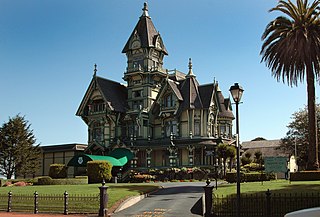What Is An Encroachment ?

An encroachment is a term which is commonly used to distinguish the private use of a portion of publicly owned property, public right-of-way, or a public easement. Typical types of encroachments are:
- surface – café seating, hardscaping over utility easements, etc.
- below-surface – foundations, under-sidewalk basements, etc.
- above-surface – balconies, retaining walls, projecting wall signs, etc.
Encroachments are discretionary, not ministerial. Jurisdictions are not required to grant them because all encroachments inhibit the public’s unrestricted use of the property in some fashion. In general, however, jurisdictions do not require encroachments for:
- connections to utility mains (e.g., sewer/ water/ gas / electricity) because the hook-ups are required by municipal ordinance (non-discretionary)
- utility mains because the California Public Utilities Code exempts their installation in the public right-of-way (jurisdictions only control the location of an installation).
Do Encroachments Have Conditions And Fees ?
Generally, Encroachments have prescriptive conditions which are intended to shield the municipal corporation from:
- maintenance of the Encroachment
- costs for removing the Encroachment and restoring public property
- liability for damage and injury related to the encroachment and attorney costs for litigation
- reversion to the dominant tenement of the public’s control over or ownership of the encroached area
- damage claims by the dominant tenement from below-surface hazards and contaminants or insufficient public maintenance of the area adjoining the encroachment
Jurisdictions typically charge a processing fee for granting Encroachments and require bonds and insurance. Jurisdictions may also charge a “leasing” fee for commercial use of the Encroachment area.
What Is The Life-Span Of An Encroachment ?
While jurisdictions typically reserve the right to revoke an Encroachment at any time and for any reason without compensation to the Encroachment holder or an assignee (e.g., relocating an encroaching retaining wall for a street widening), the practical aspects of political discussion and equity may interject “materiality” into the appeal process (i.e., balancing the impacts on the dominant and servient interests).
Before granting encroachments, jurisdictions should review the variety of factors that inherently accompany future changes in status and their potential impacts on the dominant and servient interests.
Check the Links below and your local jurisdiction’s website for additional information.
Links
BUILDING in CALIFORNIA
- Library